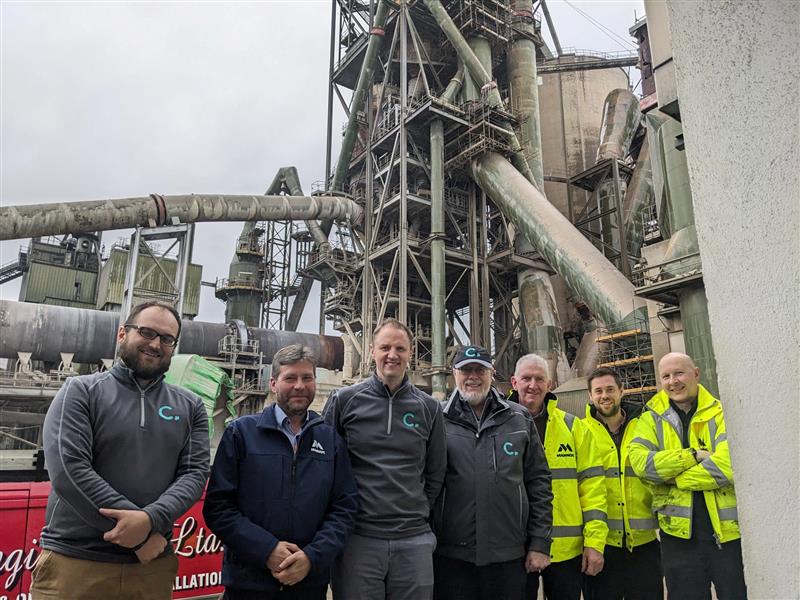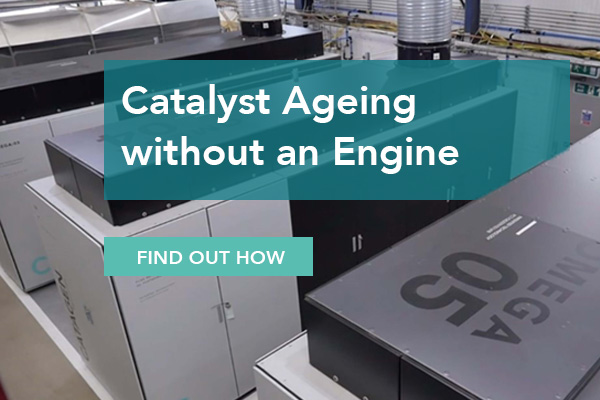- The cement industry currently accounts for 8% of global carbon emissions.
- New 6-month study found introducing renewable hydrogen and waste heat recovery delivered 7% carbon emissions reduction at the Mannok Cement Plant in Ballyconnell.
- Biohydrogen can reduce cement production carbon intensity by 18% by displacing fossil fuels.
- Both technologies offer the potential to deliver combined equivalent CO2 savings of taking nearly 50,000 cars off the road.
CATAGEN, a net zero innovation company and Mannok, the cement and construction products manufacturer, have announced the findings of a 6-month feasibility study exploring the decarbonisation of Mannok’s operations using CATAGEN’s future suite of ClimaHtech technologies, including the company’s industrial-scale renewable hydrogen and biohydrogen generators.
The cement industry provides a crucial material for development and construction but currently accounts for 8 percent of global carbon emissions, relying on energy and cost-intensive industrial processes. A combined team of CATAGEN and Mannok engineers have identified several pathways to help decarbonise cement production at Mannok’s Cement Plant in Ballyconnell which produces one million tonnes of cement annually and employs over 800 people.
The potential to generate renewable hydrogen and oxygen from CATAGEN’s HGEN (renewable hydrogen generator) aided by waste heat recovery from the cement process represents a significant decarbonisation opportunity across the cement industry. The study has determined that the use of the HGEN technology could reduce annual carbon emissions by 7 percent in this application.
The same study found that biohydrogen generation from waste biomass can generate larger volumes of hydrogen with less renewable energy required compared to electrolytic hydrogen generation. The use of BIOHGEN technology could reduce the carbon intensity of cement produced at this site by a further 18 percent by reducing fossil fuel use. CATAGEN’s biohydrogen technology uses a source of waste biomass which is readily available both in the UK and Ireland and does not displace the growing of crops for food.
Implementation of both solutions at Mannok will displace carbon savings equivalent to removing 49,000 cars from roads on the island of Ireland [1]. The solutions identified in this study could be applied to cement production worldwide where sufficient renewable energy and sustainable biowaste are available. As well as expanding its efforts to help decarbonise the cement industry, CATAGEN has recently started working with glass and steel producers in Europe and the United States, with results from these feasibility studies expected in late 2023.
The decarbonisation of the cement sector is integral to sustainable and responsible construction of the built environment, and to further CATAGEN’s mission to clean and decarbonise the air. This aligns with Mannok’s 2030 Vision and other ongoing decarbonisation activities and integrates the solutions CATAGEN are developing across renewable hydrogen and oxygen generation, e-fuel generation and compression and dispensing technology. Additionally, the continued development of large-scale renewables will also form a key role in the decarbonisation of Mannok’s operations.
Dr Andrew Woods, CEO and Co-Founder at CATAGEN, said: “We are delighted that Mannok engaged CATAGEN in this important study, which showcases how we can support the decarbonisation of heavy industries, such as cement production. This is one of the most difficult sectors to decarbonise and pioneering companies such as Mannok are looking at next-gen technologies to meet emissions targets and impact climate change. Collaborations like this are the only way to make significant changes for the future and continue to progress CATAGEN’s purpose to clean and decarbonise the air. We look forward to continuing our working relationship with Mannok.”
Kevin Lunney, Operations Director at Mannok Holdings DAC, said: “We are very excited to be working with the CATAGEN team, who have demonstrated a deep level of technical ability and competency during the feasibility work. I have no doubt that Mannok will derive significant value from the work already completed, with many new opportunities for collaboration now presenting that we would not have considered before. Achieving Net Zero is now the primary goal for our business and I expect CATAGEN will play a significant role in our achieving that goal, which we expect will have major benefits for the sector overall.”
More Content:












